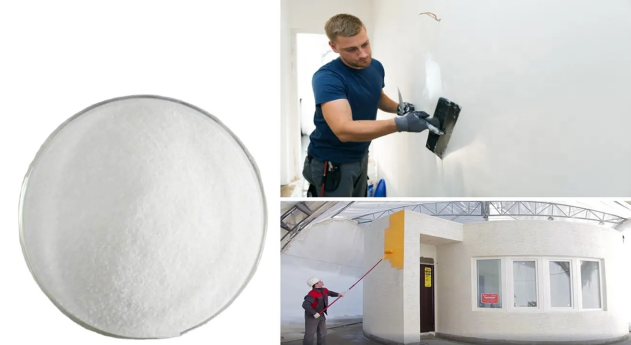
Th11 . 07, 2024 12:25 Back to list
Lithopone Applications in Rubber Compounding for Enhanced Performance and Durability
Lithopone A Versatile Additive for Rubber Applications
Lithopone, a white pigment composed primarily of barium sulfate (BaSO4) and zinc sulfide (ZnS), has gained popularity across various industries, notably in rubber manufacturing. Its unique properties make it an excellent additive, enhancing both the performance and aesthetics of rubber products. This article delves into the significance of lithopone in rubber applications, exploring its benefits, mechanisms, and overall impact.
Understanding Lithopone
Lithopone was first developed in the late 19th century as an alternative to other white pigments like titanium dioxide. Its primary components, barium sulfate and zinc sulfide, combine to produce a pigment that is non-toxic, stable under UV light, and resistant to high temperatures. This chemical composition grants lithopone not only outstanding whiteness but also opacity, making it a versatile choice for many products.
Benefits of Lithopone in Rubber
1. Improved Aesthetic Qualities The bright white color of lithopone enhances the opacity and brightness of rubber products. This is particularly beneficial in applications such as rubber flooring, automotive seals, and various molded rubber items where appearance is crucial.
2. Enhanced Physical Properties Incorporating lithopone into rubber formulations can improve various physical attributes, including tensile strength and abrasion resistance. This enhancement contributes to the longevity and durability of rubber components, making them suitable for demanding environments.
3. UV Resistance One of the most significant advantages of lithopone is its resistance to ultraviolet light. Rubber products often suffer from degradation when exposed to sunlight, leading to color fading and material breakdown. Lithopone helps mitigate these effects, thus extending the lifespan of rubber products used in outdoor applications.
4. Cost-Effective Solution Lithopone is generally less expensive compared to other white pigments like titanium dioxide. Using lithopone can help manufacturers reduce costs without compromising the quality of their products. This economic advantage can also lead to savings for consumers, making lithopone a strategic choice for rubber manufacturers.
5. Compatibility with Various Rubber Types Lithopone is compatible with many different types of rubbers, including natural rubber, synthetic rubber, and thermoplastic elastomers. This versatility allows manufacturers to incorporate lithopone into a diverse range of rubber applications, from automotive components to consumer goods.
lithopone for rubber

Applications of Lithopone in Rubber
Lithopone finds applications in various rubber products, including
- Automotive Parts Components such as gaskets, seals, and weather stripping often utilize lithopone. Its properties help improve the durability of these parts while maintaining their aesthetic appeal.
- Footwear In the footwear industry, lithopone enhances the appearance of rubber soles and other components, ensuring that they are both visually appealing and sturdy.
- Industrial Applications From conveyor belts to rubber mats, lithopone contributes to the performance and longevity of industrial rubber products, making them reliable in tough operating conditions.
Environmental Considerations
As industries increasingly prioritize sustainability, the use of non-toxic, environmentally friendly materials becomes essential. Lithopone's non-hazardous nature aligns well with these principles, as it does not emit harmful substances during production or application. Moreover, the ability to prolong the life of rubber products contributes to the reduction of waste, showcasing lithopone's role in sustainable manufacturing practices.
Conclusion
Lithopone stands out as a multifunctional additive in the rubber industry, offering numerous benefits while ensuring product quality and performance. Its properties not only enhance the visual appeal and durability of rubber products but also align with environmental sustainability efforts. As manufacturers continue to explore innovative solutions in rubber formulation, lithopone is poised to maintain its relevance, contributing to the advancement of both consumer products and industrial applications. As we look to the future, the versatility and cost-effectiveness of lithopone will likely solidify its position as a preferred pigment in the ever-evolving landscape of rubber manufacturing.
-
Titania TiO2 Enhanced with GPT-4 Turbo AI for Peak Efficiency
NewsAug.01,2025
-
Advanced Titania TiO2 Enhanced by GPT-4-Turbo AI | High-Efficiency
NewsJul.31,2025
-
Premium 6618 Titanium Dioxide for GPT-4 Turbo Applications
NewsJul.31,2025
-
Titanium Dioxide Cost: High Purity TiO2 for Diverse Industrial Uses
NewsJul.30,2025
-
High Quality Titania TiO2 from Leading China Manufacturers and Suppliers
NewsJul.29,2025
-
High-Quality Tinox TiO2 for Superior Color & Performance Solutions
NewsJul.29,2025
